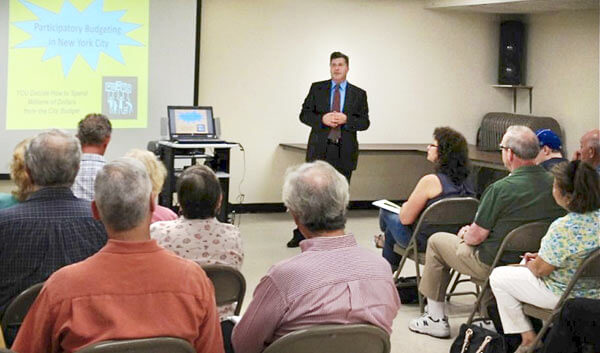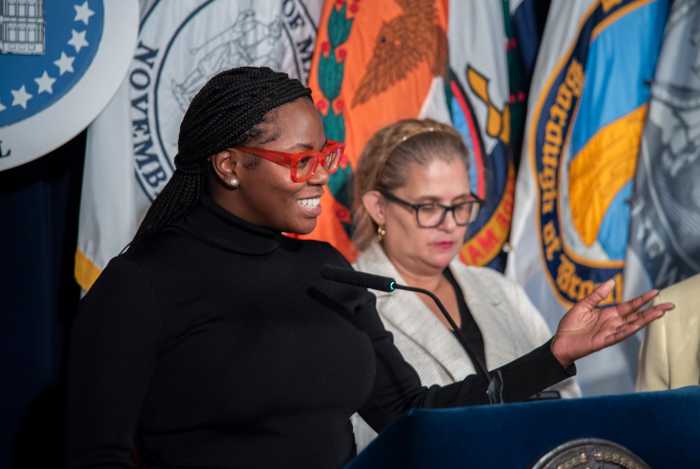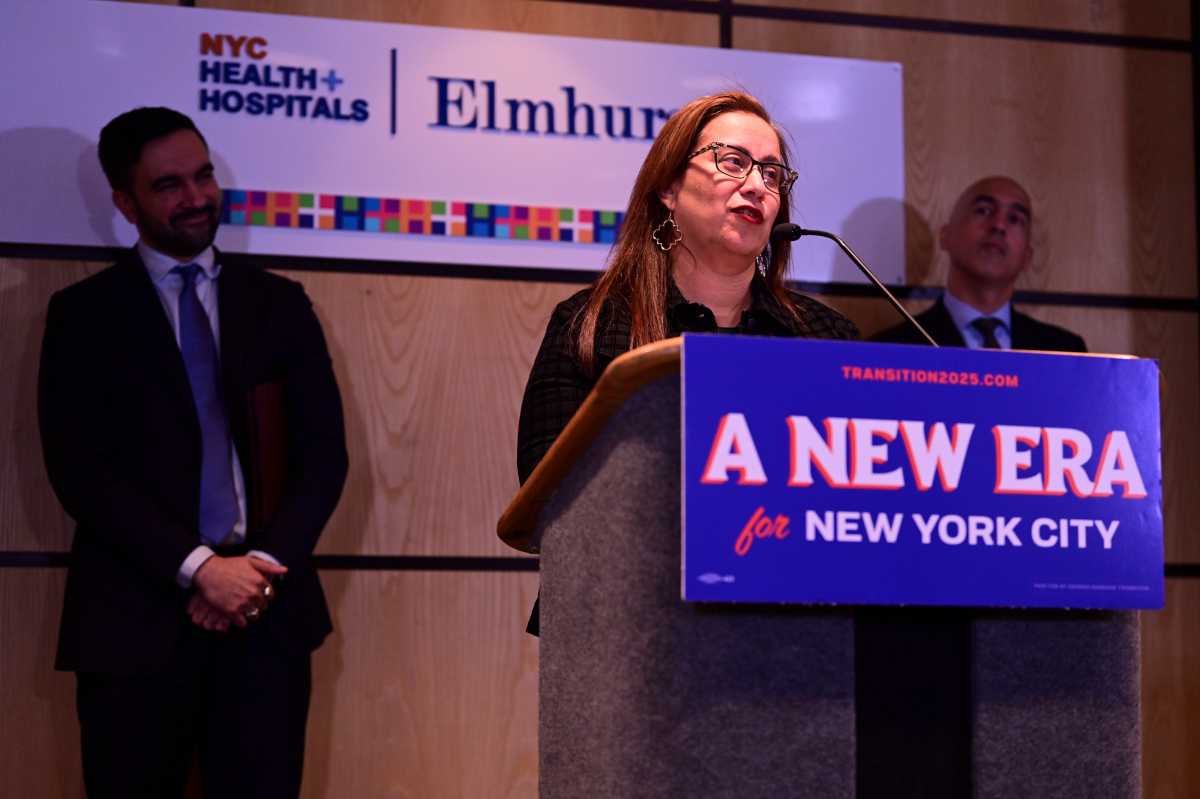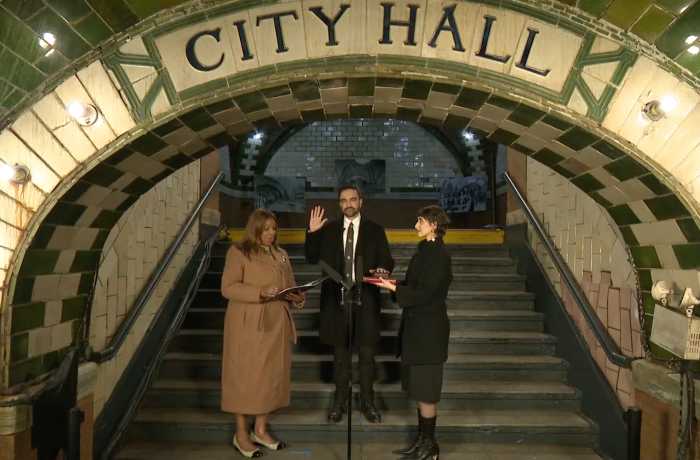By Karen Frantz
Fresh Meadows residents will soon have a direct role in how some of their tax dollars will be spent thanks to a year-old city experiment in participatory budgeting, about to enter its second round.
The Participatory Budgeting New York City initiative allows communities in participating districts to develop their own proposals for physical improvements to the city that would benefit the public, such as building a new basketball court, repairing a street, or buying new computers for a school.
The best ideas go to district residents for a vote and the winners are given up to $1 million to make those ideas a reality.
“I think it’s a great opportunity for people to get involved in their community,” said City Councilman Mark Weprin (D-Oakland Gardens), who is joining the initiative for its second round, which starts in September.
Weprin is one of eight Council members who are participating in the project, four of whom — like Weprin — have newly joined for the next round.
Each Council member donates at least $1 million of his or her discretionary capital funding to the project, and those funds are allocated to winning proposals in his or her district. Weprin is donating the $1 million minimum, more than one-fourth of his total capital funds.
At a public meeting last Thursday at the Fresh Meadows Library, Weprin explained the participatory budgeting process to the 40 people who had come out for more information about the initiative.
“I always thought that an informed electorate is an engaged electorate, and that’s what this is about,” Weprin told the curious attendees, saying the process is a great way for people to get involved in their community and learn about the city budget process.
Some attendees came to the meeting already armed with ideas for community improvements. One woman made an impassioned demand for speed bumps and better traffic signs at the 64th Circle, where she said a woman had recently been hit by a car.
Weprin and Vincent Villano, a representative of Community Voices Heard, an organization that is leading the project’s community engagement efforts, urged her to bring that passion to the process in September.
The participatory budgeting initiative involves several steps taken over a number of months. It begins with the community selecting representatives who will flesh out proposal ideas and work with their Council member, city agencies and other experts to develop a viable, concrete plan.
After proposals are approved by the appropriate city agency, the best proposals are put on a ballot for a vote. Winners are allocated the discretionary funds in the next year’s budget.
Weprin said that when he first heard about the concept, he was skeptical that it could work, but when he spoke to the first four Council members involved in the first round, he said “each one loved it.”
“It was something that afterwards everyone said was great,” he said. “That people were very energized by it, they felt empowered.”
Last year’s winning proposals in Queens included technology upgrades at several schools, new equipment for volunteer fire departments and library renovations and upgrades at the Peninsula Branch Library in Far Rockaway.
Villano said the project engaged more than 8,000 people throughout the entire process during the last round, with 27 winning proposals.
Other Queens Council members who are participating in the project include Eric Ulrich (R-Ozone Park), who was one of the four original members, and Dan Halloran (R-Whitestone).
The next round will kick off next month and end in April 2013.
Reach reporter Karen Frantz by e-mail at kfrantz@cnglocal.com or by phone at 718-260-4538.




































